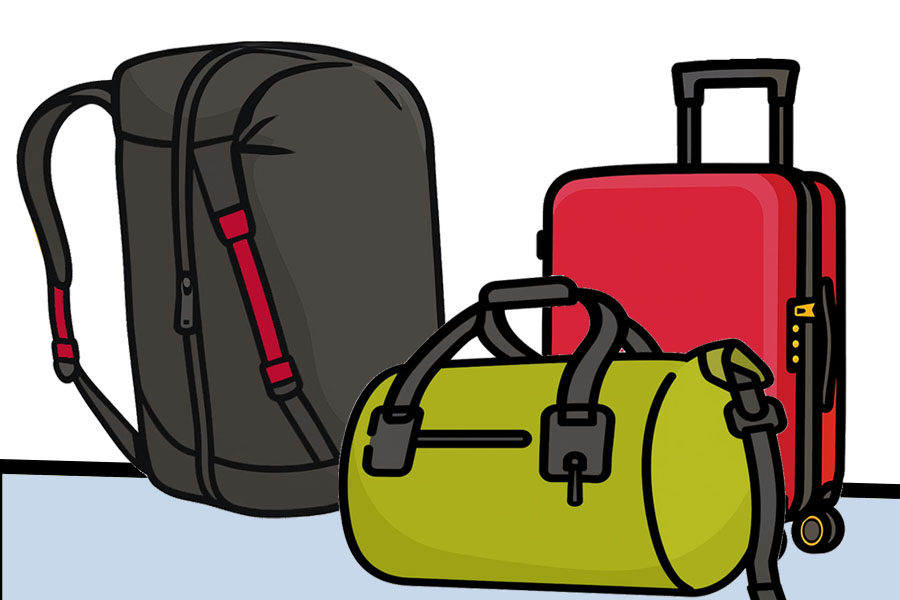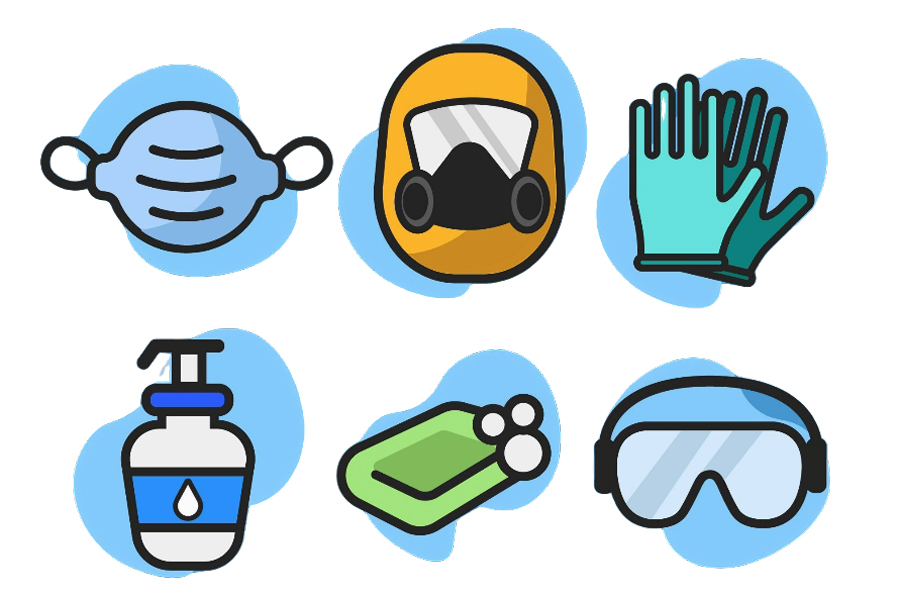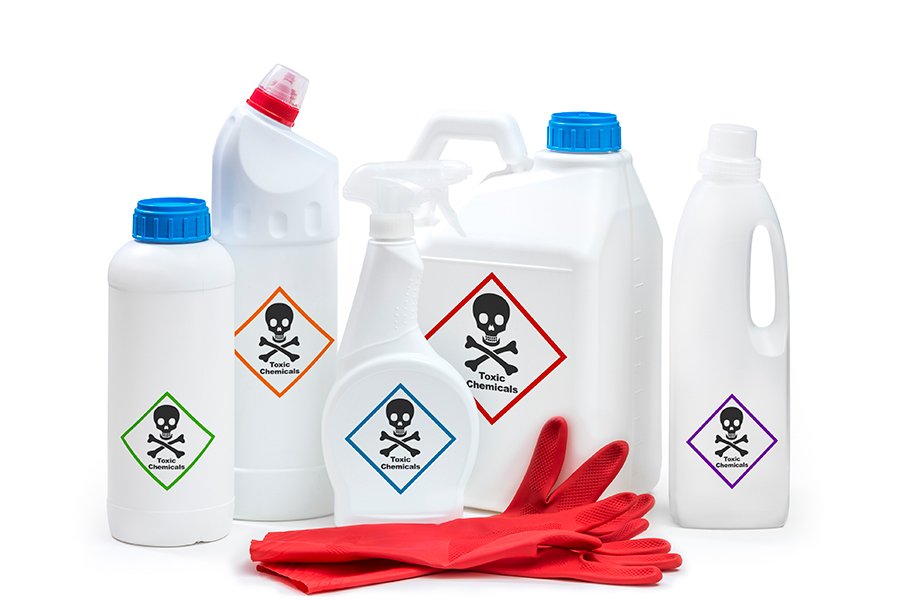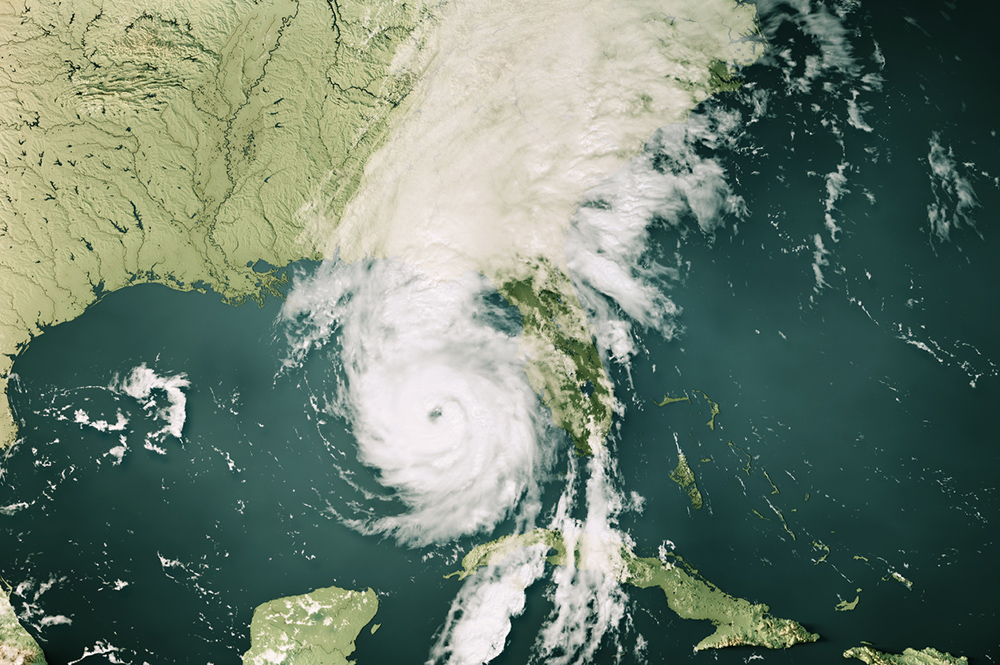As more hurricanes hit the U.S. in unprecedented ways, we need to become better prepared to face the challenges that might arise. Water-related disasters disrupt people’s ability to use and retrieve textiles and clothing items that are necessary to maintain hygiene, stay comfortable, and clean up the aftermath. Hurricane Helene, which impacted the southeastern U.S., with catastrophic damage in Asheville, North Carolina, is a reminder that no one is completely safe from the most severe sanitation issues that can result from a lack of power and clean water.
This is a guide to help you collect and organize clothing, textiles, and other essential items into three bags to prepare your household for extreme water-related scenarios. Each of the following bags was developed according to national safety guidelines to protect you and your family’s health.
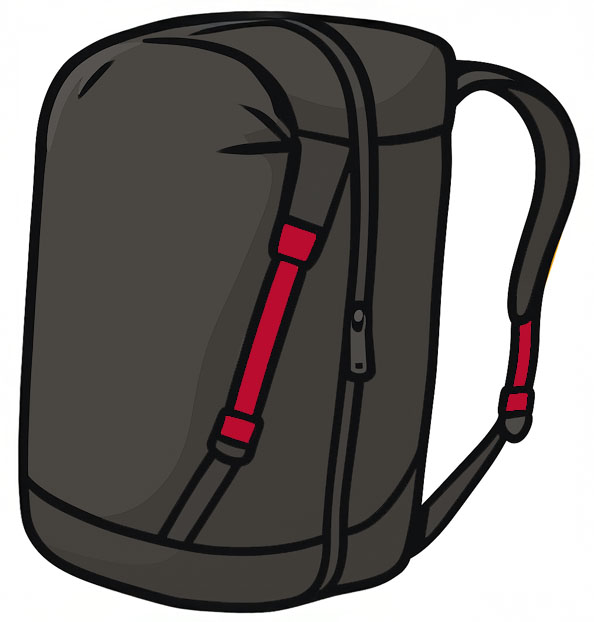
1. Emergency Car Bag
The “Emergency Car Bag” is important to have on hand in case you become stranded or need to evacuate your home quickly because of a water-related disaster like a flood or hurricane. It contains items considered crucial to keeping you healthy and safe after you leave your home.
- Easy to carry, waterproof duffel bag. Many duffel bags are now designed to be carried like a backpack. To carry all these items, you might need two or more bags.
- Toothbrush/toothpaste
- Sleeping bags, blankets
- Medicines you might need
- Prescription eyeglasses/contact lenses
- Wet cleaning cloths (e.g., baby wipes)
- Sanitary products (e.g., tampons, pads, diapers)
- Food and water for your family and pets (1 gallon of water per person and pet each day)
- Power banks and chargers (be sure to keep these charged)
- First aid kit
- Battery- or solar-powered lights and batteries
- Trash bags
- Personal care items (e.g., hand sanitizer, shampoo, soap, toilet paper)
- Toilet kit or waste bag (e.g., Cleanwaste’s The Original WAG Bag® Go Anywhere Toilet Kit)
- One or two outfits (including socks and underwear)
The emergency car bag and daily hygiene bag contain many of the same items. National safety guidelines suggest keeping your emergency car bag in your car in case you become stranded at work or elsewhere. If you prepare both bags, you will have more clean clothing and hygiene products on hand when you’re able to return home.
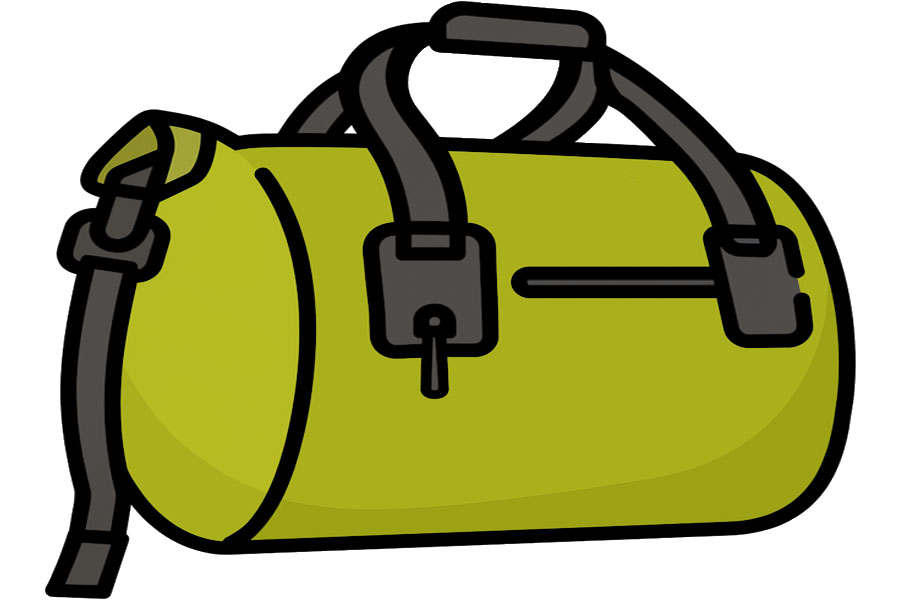
2. Coming Home/Clean-Up Safety Bag
The “Coming Home/Clean-Up Safety Bag” contains the gear that you’ll need to protect your health as you navigate your community and home after the disaster. It contains equipment you will need to reenter your home and deal with contaminated water and mud.
- Large waterproof dry bag (60 L/100 L)
- Waterproof boots with a steel toe and insole—they should be slip- and puncture-resistant; you might need waders to protect your legs and torso
- Hard hat
- Water- and chemical-proof coveralls (e.g., DuPont™ Tyvek® 400 Coveralls)—generally, it is recommended that you purchase disposable coveralls
- N95 respirator—or one that provides a higher level of protection, such as a full-face respirator (the National Institute for Occupational Safety and Health (NIOSH) Respiratory Types and Uses page has information on respirator selection and performance)
- Long, heavy gloves that are waterproof and cut-resistant
- Safety goggles without ventilation holes
- Earplugs/protective headphones
- At least two fire extinguishers (each with a UL rating of at least 10A)
- Extra cleanup supplies—tarps, heavy duty trash bags
- Alcohol-based hand sanitizer containing a 60%–90% alcohol concentration
- Laundry detergent for personal protective equipment (PPE)—e.g., Decon Ready™ detergent, Shield Solutions Gear Clean
Each family member should have a bag with these items if they intend on entering their flood-damaged home. It’s important to clean and dry items as soon as the water recedes and it’s safe. The quicker you start drying everything out, the fewer mold problems you will have.
If you evacuate your home because of the possibility of severe damage, this bag should come with you along with your emergency car bag.
For laundering instructions, see UGA Extension Bulletin 1585-02, How to Clean Clothes After a Hurricane or Flood.
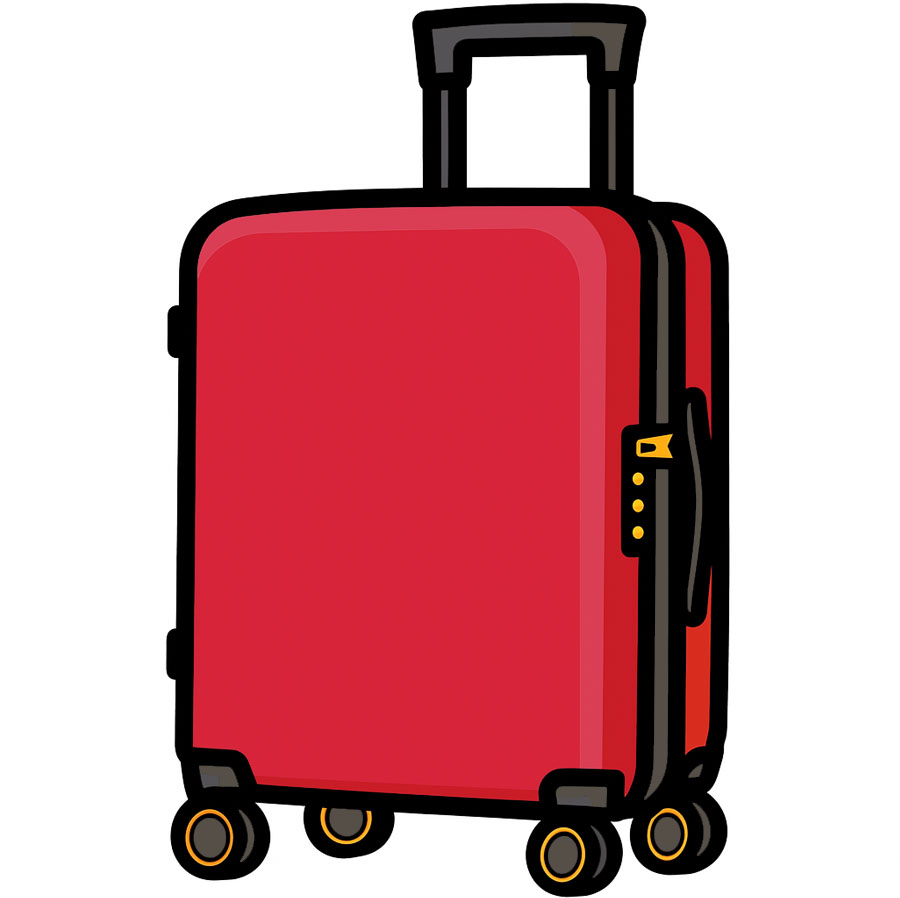
3. Daily Hygiene Bag
The “Daily Hygiene Bag” ensures that you’ll have some uncontaminated clothing and hygiene essentials in a high and dry place at home during a water-related disaster. This bag contains clothing and essentials to keep you comfortable and healthy if you stay in your home during the disaster. This bag does not contain protective gear to navigate contaminated environments (see the “Coming Home/Clean-Up Safety” bag section above for those supplies).
- Waterproof luggage or duffel bag
- Sleeping bag/warm blanket
- Clothing to match your environment (remember, you might lose power)—light, loose-fitting clothing for hot environments, and warm insulated clothing for cool environments
- Don’t forget underwear and socks!
- N95 dust mask (you also could use the one from your “Coming Home/Clean-Up Safety Bag”)
- Bug spray—it is common for mosquitoes to lay eggs and hatch after the storm/hurricane has passed
- Sanitary products (e.g., tampons, pads, diapers, diaper rash cream)
- Personal care products (e.g., soap, shampoo, hand sanitizer, toilet paper)
- Wet cleaning cloths (like baby wipes)
- Toilet kit or waste bag (e.g., Cleanwaste’s The Original WAG Bag® Go Anywhere Toilet Kit)
- Medicines you might need
- Prescription eyeglasses/contact lenses
- First aid kit
- EPA-registered chlorine bleach and laundry detergent
- Essential personal items—wallet, phone and charger, documents, etc.
This bag ensures that you have some clean items that are easy to access after the disaster. Store this bag in a location with other important items (e.g., food, water, important documents, jewelry, electronics, plastic sheeting, duct tape, scissors, manual can opener, wrench/pliers, radio, whistle, cash/checks) that need to remain high and dry.
To clean any clothing that is contaminated but still usable, please see UGA Extension Bulletin 1585-02, How to Clean Clothes After a Hurricane or Flood.
References
Crawford, C., & Smith, L. E. (1995). Flood clean-up: General guides for clothes and household textiles. University of Illinois Cooperative Extension Service.
Centers for Disease Control and Prevention. (2022). Preparedness and safety messaging for hurricanes, flooding, and similar disasters (2nd ed.). U.S. Department of Health and Human Services. https://www.cdc.gov/hurricanes/php/preparedness-and-safety-messaging/index.html
Centers for Disease Control and Prevention. (2024, February 9). Guidelines for cleaning safely after a disaster. U.S. Department of Health and Human Services. https://www.cdc.gov/natural-disasters/safety/index.html
Federal Emergency Management Agency. (2013). Cleaning flooded buildings: Hurricane Sandy recovery fact sheet No. 1. https://www.fema.gov/sites/default/files/documents/fema_cleaning-flooded-buildings-hurricane-sandy-fs-001.pdf
Gagliardi, M. (n.d.). Bleach dilution ratio chart for disinfecting. The Clorox Company. Retrieved July 18, 2025, from https://www.clorox.com/learn/bleach-dilution-ratio-chart/
Moore, M. (2024). Coastal hurricane preparation. University of Florida IFAS Extension. https://blogs.ifas.ufl.edu/pascoco/2024/09/03/coastal-hurricane-preparation/
National Institute for Occupational Safety and Health. (2021). Hurricane key messages for employers, workers, and volunteers. U.S. Department of Health and Human Services. https://stacks.cdc.gov/view/cdc/109892
Oklahoma State University. (2015). Cleaning household textiles and clothing after a flood. https://news.okstate.edu/articles/agriculture/2015/cleaning-household-textiles-and-clothing-after-a-flood.html
Reichel, C. H. (2021, March 26). Avoiding mold hazards in your water‑damaged home. LSU AgCenter. https://www.lsuagcenter.com/articles/connected/avoiding-mold-hazards-in-your-waterdamaged-home
Reichel, C. H., Autilio, K., & Goldschmidt, M. (2015). Rebuild Healthy Homes: Guide to post‑disaster restoration for a safe and healthy home. U.S. Department of Housing and Urban Development. https://nchh.org/resource/hud_rebuild-healthy-homes/
Rice, T. (2016). Water damage restoration and clean up checklist. Texas A&M AgriLife Extension Service. https://agrilifeextension.tamu.edu/asset-local/water-damage-restoration-clean-up-checklist/
Turner, P. R., Ogden, J. E., & Badding, M. (2023). Removing mold in your home (Circular 1047‑2). University of Georgia Cooperative Extension. https://extension.uga.edu/publications/detail.html?number=C1047-2
University of Wisconsin Extension. (n.d.). Cleaning flood‑soiled clothing and bedding: What to salvage and how to clean it. https://lincoln.extension.wisc.edu/files/2011/04/Cleaning-Flood-Soiled-Clothing-and-Bedding.pdf
U.S. Department of Homeland Security. (2025). Build a kit. Ready.gov. https://www.ready.gov/kit
